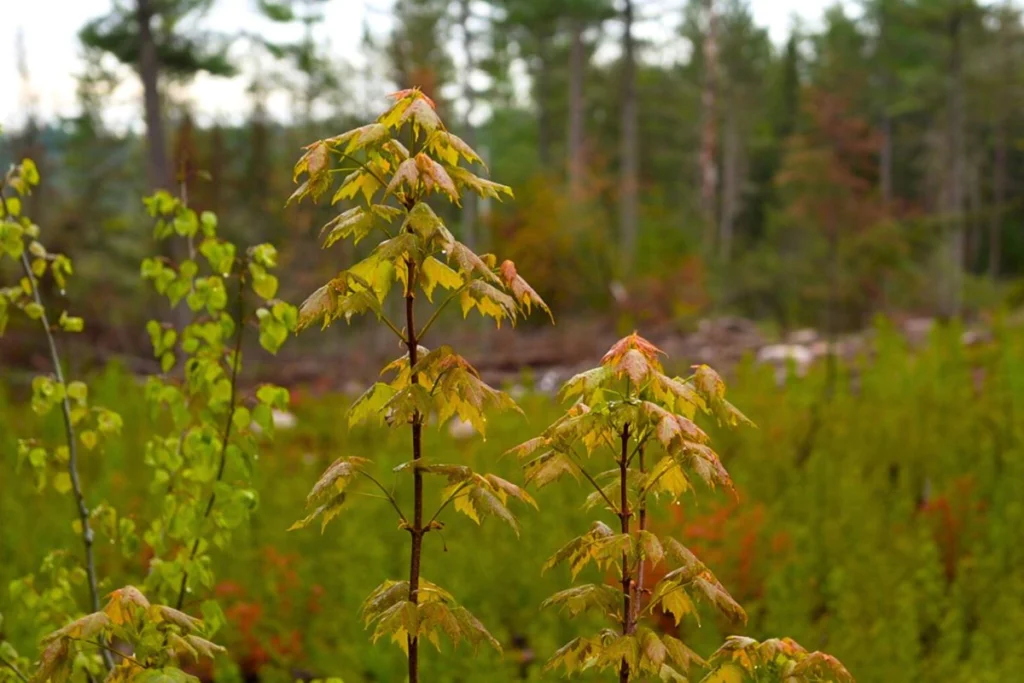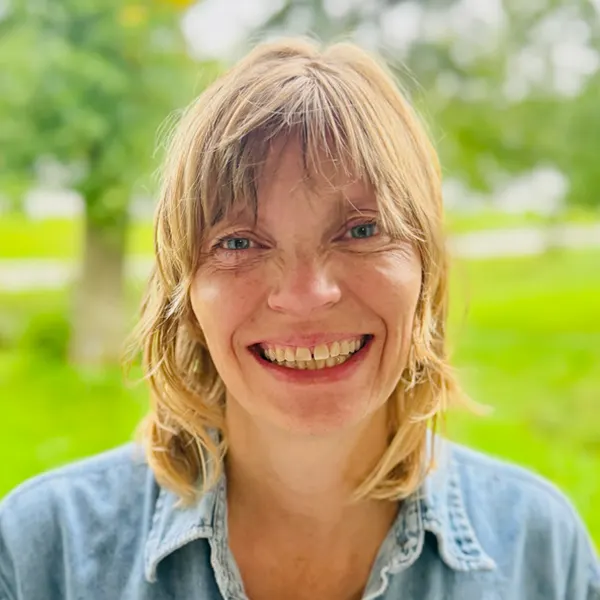As we gear up for comments on whether or not burning biomass is “carbon free” at the Public Utilities Commission (news flash: it’s not), it’s important to lay out how CURE has mindfully started working at the nexus of climate and public lands. We know that properly managing natural and working lands is key to addressing climate change, habitat loss and creeping extinction, as well as keeping rural communities resilient and connected to their landscape. There’s a lot to do! CURE has been busy this spring doing our part for the trees and specifically getting more involved with public land issues throughout the state.
We have been working with other partners to get the word out about a dangerous proposed rule that the U.S. Forest Service has put forth. Essentially, the agency has proposed to let one industry (carbon capture and sequestration) apply for permanent permits to use public lands for carbon capture, transport, and injection underground. Since no other industry has ever been allowed to lock up public lands forever, this is a significant departure from the agency’s past land stewardship. Along with nearly 200 other groups, we commented against the rule in January. We also joined with other Minnesota partners to urge Senator Tina Smith to look into the rulemaking to ensure that the agency isn’t violating laws or treaty rights. CURE continues to watch the issue and has been collecting information from the agency using Freedom of Information Act requests.
Recently, we also joined with the W. J. McCabe Chapter of the Izaak Walton League of America and the Conservation Committee of Minnesota Ornithologists’ Union in comments to the Minnesota Forest Resources Council (MFRC). The MFRC is updating its Forest Management Guidelines, which are standards loggers should follow in order to minimize damage to lands and habitat while harvesting timber. As MFRC says: “The guidelines are used primarily by forest managers, loggers, and forest landowners during forestry activities such as timber harvesting.” CURE’s joint comments on the guidelines focused on:
- Strengthening language to assure that guidelines are followed rather than being unclear and unimplemented;
- Increasing the minimum number of leave trees (trees remaining after thinning a stand of trees) since the minimum appears to be effectively the maximum that loggers choose to leave;
- Changing the classification of paper/yellow birch to reflect that birch is an important leave tree species that provides necessary foraging for a variety of woodpeckers, and habitat for boreal owls and black capped chickadees.
We have weighed in on the future management of the most-visited wilderness area in the state and country, and urged the government to strengthen rural communities and tribal sovereign rights while also protecting this key habitat that is increasingly menaced by water pollution and climate change. To further these ideals, CURE authored a comment to the U.S. Forest Service Superior National Forest about the Superior National Forest’s plan to update the forest management chapter regarding the Boundary Waters Canoe Area Wilderness (BWCAW). CURE supports the Superior National Forest’s efforts to preserve wilderness character and allow more natural fire on the landscape and urged forest staff to plan to update the chapter to better:
- Abide by the Boundary Waters Treaty, which requires the agency to prevent water pollution from flowing into waters shared with Canada;
- Reflect the Forest Service’s commitment to tribes under a new Memorandum of Understanding and consistent with the tribes’ treaty rights;
- Plan for electrification of the agency’s vehicle fleet and install car charging infrastructure at BWCAW entry points for staff use;
- Increase efforts to keep toxic pollution such as mercury and PFAS chemicals out of the wilderness;
- Engage in research that will better prepare the agency for shared management and/or land transfer of Superior National Forest lands to Tribal Nations with rights in these lands.
The updated process should take a few more years, and CURE looks forward to tracking and encouraging the development of the BWCAW forest management chapter in future comment periods.
CURE continues its collaboration with people who understand the land and want to protect public lands for public use and habitat protection. We are working with other interested parties and have met with regional U.S. Fish and Wildlife Service (FWS) staff to express our concerns about the Minnesota Department of Natural Resources’ (DNR) apparent misuse of hunting and angling license money – the DNR has for years been using habitat protection money to support logging on protected wilderness areas, a clear misuse of federal funds administered by the FWS. We have been actively assessing the FWS’s compliance with federal laws in its grant-making, again using the Freedom of Information Act. CURE plans to continue doing this work and thereby ensure that money is appropriately spent to protect habitat that hunters and anglers have paid good money to preserve.
CURE will continue to defend the lands and ecosystems that protect Minnesotans and make our communities stronger. With your help we will keep pushing for rational policies that don’t sell our trees and forests out for the short-term gains of profiteers. Please join us in holding agencies accountable for their legal and ethical duties, for Minnesotans and for the trees they love.
This work is consistent with CURE’s land ethic and our recent efforts to help with the Land Back transfer between the Minnesota DNR and the Upper Sioux Community Pezihutazizi Oyate. Read more about that work here.


